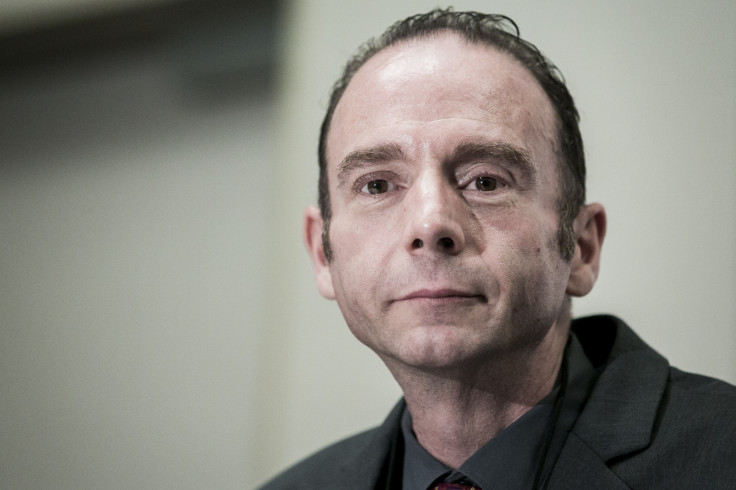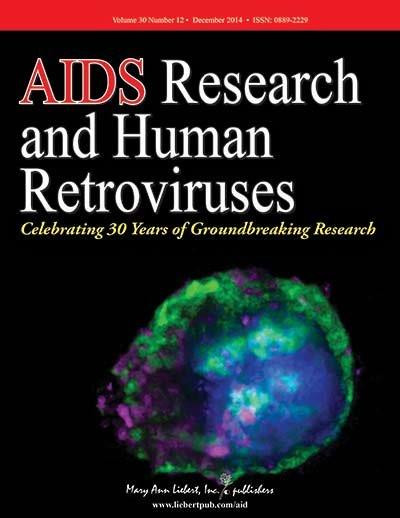Timothy Ray Brown: World's only person cured of HIV speaks about stem cell transplant experience

The only person in the world to have been cured of HIV has spoken out about his experience for the first time.
Timothy Ray Brown was cured of HIV in 2007 after living with the infection for 12 years. For a long time he was known only as the "Berlin Patient".
Doctors conducted a bold experiment using a stem cell donor who was naturally resistant to HIV infection. The stem cells were transplanted into Brown and he was able to immediately stop all antiretroviral treatment – the HIV virus has never returned.
Published in the journal AIDS Research and Human Retroviruses, his story - I Am the Berlin Patient: A Personal Reflection - tells about his life with HIV, the treatment and his recovery.
"My name is Timothy Ray Brown and I am the first person in the world to be cured of HIV. While attending university in Berlin in 1995, I received a positive HIV diagnosis ... I, like many HIV-infected people at the time, lived a rather normal life and had a nearly normal life expectancy. That continued for the next 10 years."
He says that after returning from a wedding he started feeling tired all the time and found out he had anaemia. He then discovered he had acute myeloid leukaemia.
"The next day I went to the hospital and was put on chemotherapy after having tubes put into my neck that extended into my heart. The doctors told me that I would need four rounds of chemotherapy treatments, each taking a week, with breaks of several weeks in between."

During his third round of treatment, he got an infection and was put into a medically induced coma. Before resuming treatment, his doctor sent a sample of his blood to the stem cell donor bank with the German Red Cross to look for matches in case he needed a stem cell transplant.
"This confused me because I thought this ordeal would end with the chemotherapy treatments.
"Many patients do not have any matches; I had many matches, 267. This gave Dr. Huetter the idea of looking for a donor who had a mutation called CCR5 Delta 32 on the CD4 cells making them nearly immune to HIV. CCR5 is a protein on the surface of the CD4 cell that acts as doorway for the HIV virus to enter into the cell. Take away this entryway and CD4 cells will not be infected and the person will not get HIV. His team found a donor with this mutation on the 61st attempt. The donor agreed to donate should it be necessary."
Initially, Brown did not want to be a "guinea pig" and refused the stem cell transplant – "the survival rate for stem cell transplants is not great; normally it is about 50/50," he said.
After his leukaemia returned, he decided to try it, however. "I received the transplant on February 6, 2007, my new 'birth date.' With Dr. Huetter's agreement, I stopped taking my HIV medication on the day of the transplant. (This is important because a continuation of antiretroviral therapy would have meant that no one would have known for a long time that I was cured of HIV.) After 3 months, HIV was no longer found in my blood.
"I thrived until the end of the year. I was able to go back to work and return to the gym. I began developing muscles that I had never had before because without HIV I no longer had the wasting syndrome."
Brown's leukaemia returned again, and he received a second stem cell transplant. His recovery was very slow, but after six years he is almost back to normal – HIV free. He said that he was not ready for the publicity his case would bring, but decided to waive his anonymity in 2010.
"I did not want to be the only person in the world cured of HIV; I wanted other HIV+ patients to join my club. I want to dedicate my life to supporting research to search for a cure or cures for HIV!"
© Copyright IBTimes 2025. All rights reserved.






















